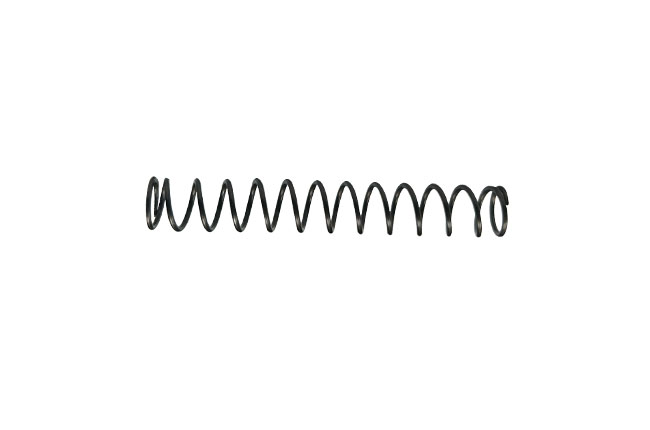I just received this email from Whidden Gunworks that does extensive testing of rimfire ammunition. It seems that changing your striker spring can make a sizeable benefit to your groups. I think I will get a new spring for my CZ 455 and see how my accuracy improves, if at all!
|
|








